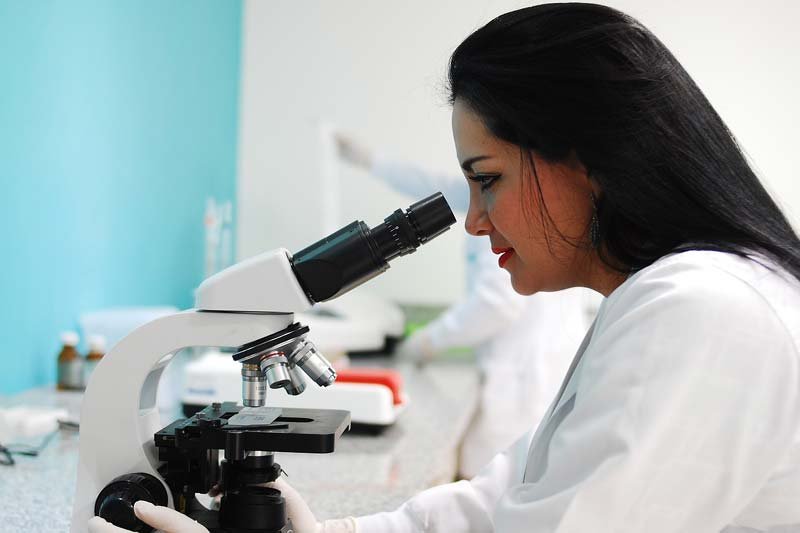Research Protocols Every Medical Or Supplement Consumer Should Know : We often see new studies in biological science that come out with a link between two health conditions that nobody had previously detected. For instance, researchers may be able to establish a link between a woman’s hormonal changes and her dental health.
How do scientists do it?
What often looks like an intuitive leap is actually hard science. Scientists come up with new drugs for previously unresolvable health issues based on the strength of their professional support and the quality of the laboratories that they work in.
Close collaboration encourages each scientist to offer some insight into what is going on at the molecular level. Each contribution adds a piece to the jigsaw puzzle, helping create an overall picture of what’s going on at the microscopic level.
Stringent laboratory conditions are also essential for success. Without exacting standards on how biological material is stored, as well as rigorous blind and double-blind studies, an experiment can quickly go haywire. Incidentally, if the laboratory is ever moved for one reason or another, it must be done with meticulous care. In fact, the work is so delicate that it’s outsourced to professionals like Pacific BioStorage, who provide regulatory compliant storage, safe transportation, and impeccable management.
After extensive research about the cause and conditions of a health issue, researchers create experimental drugs (or supplements) to mitigate or eliminate the health problem. These are then tested in clinical trials.
Designing Clinical Trials
The purpose of a clinical trial is to answer specific questions about the efficacy of new drugs. The plan developed by researchers to study the effects of drugs is called a protocol.
Before embarking on a clinical trial, researchers will review all the pertinent information about the drugs to come up with relevant questions and meaningful goals. They then develop a selection criterion, deciding who qualifies as participants, how many people should be studied, and how long the studies should last.
Researchers decide on the necessity of having control groups, how the drugs will be administered, what dosage should be given, and what assessments conducted. They also decide on whether to use single or double-blind experiments. In single-blind experiments, participants don’t know if they’re part of the treatment or control group. In double-blind experiments, neither the experimenters nor the participants know who is in the treatment or control group. And, finally, researchers decide what data should be collected, when it should be collected, and how it should be reviewed and analyzed.
Once a protocol has been figured out, research now moves on to clinical trial phase studies.
Clinical Trial Phase Studies
There are usually about four phases. The early stage is small-scale while the late stage is large scale.
In the first phase, a small group of people is asked to volunteer. These are a mix of people with the health condition and healthy individuals. This group is small, ranging from 25 to 100 people. The study can take several months during which safety and dosage are monitored. About 70 percent of the drugs move on to the next phase.
In the second phase, more volunteers are recruited. Often, several hundred people with the health condition are asked to participate. The study can range from several months to as long as two years. The efficacy and side effects of the drugs are tested, and now only about 33 percent of the drugs move on to the next phase.
In the third phase, hundreds to thousands of volunteers with the health condition are asked to participate; perhaps, 200 to 2000 people. The study can range from one to four years. Again, the efficacy and side effects of the drugs are tested. Now, the percentage of the drugs that move on to the final stage is about 25.
In the fourth and final phase, researchers work with thousands of volunteers with the health condition to arrive at a conclusion about the safety and efficacy of the remaining drugs.
How to Use this Information
As someone who is interested in health and fitness, knowing how thoroughly a particular medical product or supplement has been tested will give you a better idea of its efficacy. You’ll be able to look beyond the marketing hype to discover for yourself more about the product through online scientific research papers available at Google Scholar and other places.
Related Videos:
What is a Research Protocol & How to Use One
https://www.youtube.com/watch?v=UgsUgzwAg9A?autoplay=1&rel=0
Writing a Research Protocol (Bridgette Jones MD)
https://www.youtube.com/watch?v=8AHshhpeCiw?autoplay=1&rel=0
PROTOCOL FOR CLINICAL RESEARCH
https://www.youtube.com/watch?v=vtsdgMFmy3s?autoplay=1&rel=0
Understanding Clinical Trial Protocols
https://www.youtube.com/watch?v=AYXXn5t8ZZ8?autoplay=1&rel=0
Research Protocols Every Medical Or Supplement Consumer Should Know
credible medical websites for research, do all medical devices need fda approval, clinical trials for medical devices guidance, reliable health information websites, evaluating health information on the internet, off label use of medical devices, significant risk and nonsignificant risk medical device studies, best medical information websites,




